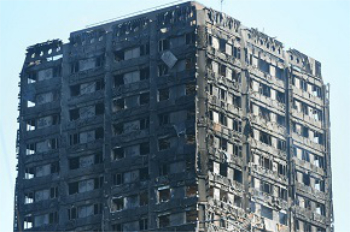Countryside and Rights of Way Act 2000
The Countryside and Rights of Way Act 2000, also known as the CRoW Act, is a UK Act of Parliament that was intended to improve public access to the countryside and registered common land while recognising the legitimate interests of the owners or managers of the land concerned.
The Act implemented the ‘right to roam’ on certain areas of uncultivated land and upland in England and Wales, the extent of which was implemented gradually as new maps were produced. In addition to registered common land, the Act refers to ‘open access land’ or ‘mountain, moor, heath and down’.
The Act lists restrictions on the public when on this land, including not damaging hedges, fences, walls, etc., not leaving gates open, not developing the land, and so on.
Land that is exempt from the Act includes:
- Buildings and their curtilage (e.g. courtyards).
- Land that is within 20 m of a dwelling.
- Parks and gardens.
- Land used for utility stations, quarries, mines, railways, tramways, golf courses, and so on.
- Land covered by Ministry of Defence by-laws (i.e. military training grounds).
Land covered by the Act can be developed subject to local planning authority approval. Natural England should be contacted if development plans are expected to affect land that is registered as a site of special scientific interest (SSSI).
[edit] Related articles on Designing Buildings Wiki
- Bridleway.
- Building Design in the Surrey Hills.
- Common land.
- Commons Act 2006.
- Conservation area.
- Conserving and Enhancing Country Lanes in the Surrey Hills AONB.
- Easements.
- National Parks.
- National trails.
- Permissive path.
- Planning legislation.
- Prescriptive rights of way.
- Right of way.
- Tree rights.
- Trespass.
- Wayleave.
Featured articles and news
ECA Blueprint for Electrification
The 'mosaic of interconnected challenges' and how to deliver the UK’s Transition to Clean Power.
Grenfell Tower Principal Contractor Award notice
Tower repair and maintenance contractor announced as demolition contractor.
Passivhaus social homes benefit from heat pump service
Sixteen new homes designed and built to achieve Passivhaus constructed in Dumfries & Galloway.
CABE Publishes Results of 2025 Building Control Survey
Concern over lack of understanding of how roles have changed since the introduction of the BSA 2022.
British Architectural Sculpture 1851-1951
A rich heritage of decorative and figurative sculpture. Book review.
A programme to tackle the lack of diversity.
Independent Building Control review panel
Five members of the newly established, Grenfell Tower Inquiry recommended, panel appointed.
Welsh Recharging Electrical Skills Charter progresses
ECA progressing on the ‘asks’ of the Recharging Electrical Skills Charter at the Senedd in Wales.
A brief history from 1890s to 2020s.
CIOB and CORBON combine forces
To elevate professional standards in Nigeria’s construction industry.
Amendment to the GB Energy Bill welcomed by ECA
Move prevents nationally-owned energy company from investing in solar panels produced by modern slavery.
Gregor Harvie argues that AI is state-sanctioned theft of IP.
Heat pumps, vehicle chargers and heating appliances must be sold with smart functionality.
Experimental AI housing target help for councils
Experimental AI could help councils meet housing targets by digitising records.
New-style degrees set for reformed ARB accreditation
Following the ARB Tomorrow's Architects competency outcomes for Architects.
BSRIA Occupant Wellbeing survey BOW
Occupant satisfaction and wellbeing tool inc. physical environment, indoor facilities, functionality and accessibility.






















